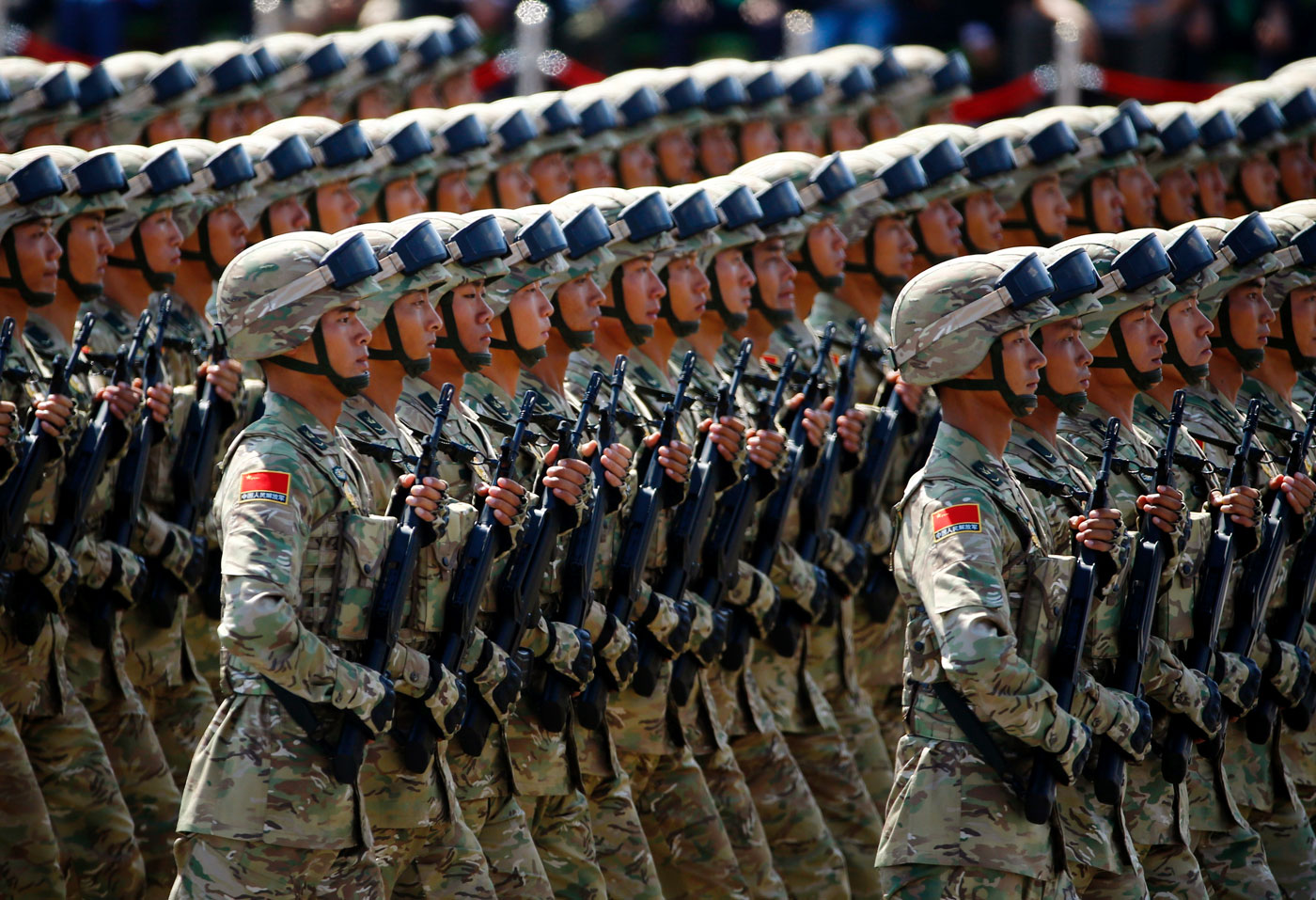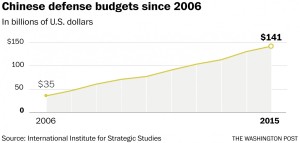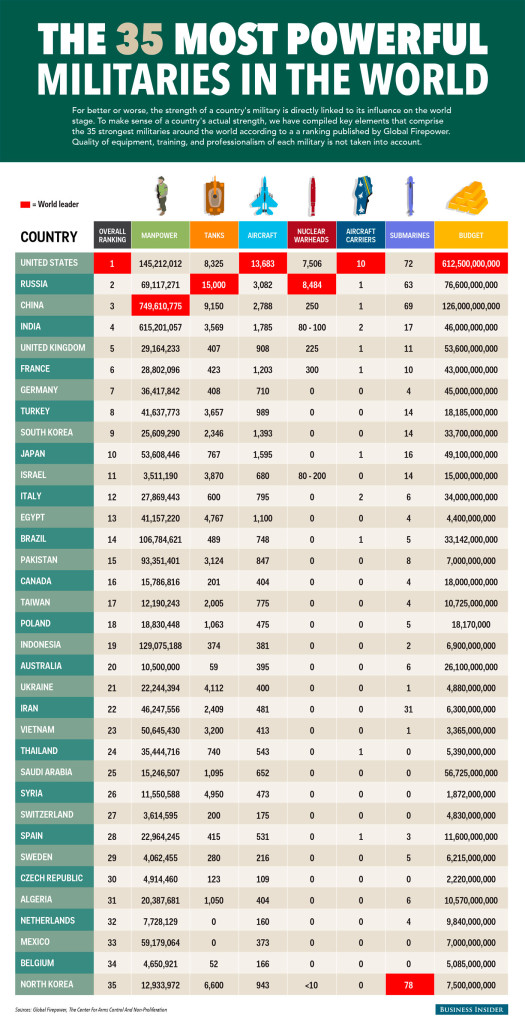
Vassily Kashin PhD in Political Science, Senior Research Fellow at the Center of Strategic Problems of Northeast Asia, SCO and BRICS, University of Far Eastern Studies, RAS, RIAC expert
The media, mostly those in Hong Kong, have been publishing sporadic comments on the PRC leadership’s plans to launch a sweeping military reform shortly after the change of generations in the PRC leadership in late 2012 — early 2013. The most detailed such article was printed in the South China Morning Post newspaper two days before the grand parade on 3 September 2015, when PRC leader Xi Jinping announced reductions in the People’s Liberation Army of China (PLA).
Yet the process of preparing a large-scale reform actually began still earlier, around 2009, when many changes began to be introduced in the PLA. These had to do primarily with the system of military training and organisation and staff structures. For example, regimental and division levels were gradually being eliminated in the ground and air forces; 18 army groups remained the core of the ground forces, but now they consisted of brigades. In the Air Force, air regiments were reformatted into air brigades, which were put under the command of air bases.
The massive military reforms that started in Russia in 2008-2009 are thought to have given a big push to the reform of the PLA. Chinese military experts paid very close attention to Russian military experience, which was regularly and thoroughly discussed at meetings of military delegations. A number of scientific papers published by Chinese military scientists gave a detailed analysis of the Russian reforms. The increased scale of the joint exercises in the 2010s also enabled the Chinese to become better acquainted with Russian experience.
The process of preparing a large-scale reform actually began still earlier, around 2009.
Many of the allegedly proposed Chinese reform plans leaked to the press are mutually contradictory and have probably been deliberately skewed. For example, the above-mentioned South China Morning Post reports plans for PLA reductions that clearly do not match the data on its strength. The reports speak, for example, about a reduction in the ground forces from 850,000 to 490,000, whereas the known current strength of the Chinese ground forces is much greater. It is believed to be about 1.6 million. Leaving out the personnel of various central military control bodies and educational establishments and other administrative and auxiliary personnel in the ground forces, that still leaves an active strength of more than 1.2 million.
The massive military reforms that started in Russia in 2008-2009 are thought to have given a big push to the reform of the PLA.
Obviously, the aim of feeding bits of information through the media is to prepare the public for a radical reform, to test public reaction, without revealing too many details. It is an established tradition in China to use, as vehicles, the Hong Kong media, which are formally “free” but in reality are heavily controlled by Beijing. Even so, in spite of significant omissions and discrepancies, the outlines of the reform can be discerned.
 www.cctv-america.com
www.cctv-america.com
Military troop levels in China
The aim of feeding bits of information through the media is to prepare the public for a radical reform, to test public reaction, without revealing too many details.
The reduction of the 2.3-million-strong PLA by 300,000 Xi Jinping announced during the parade is supposed to take place before the end of 2017. It will not be matched by spending cuts, since the aim is not to save resources but to concentrate them in key areas. All the signs are that, as in all previous cases, the main casualty will be the ground forces, while the Second Artillery (strategic missile forces), the Navy and the Air Force will be largely untouched.
Yet these cuts are but a small part of the proposed changes. Institutions and structures that have existed since the PRC was formed will be changed. The changes will probably be so sweeping that the reform plan will be published in advance.
Everything seems to suggest that the existing commands of the armed services will lose their significance. The seven existing military districts will be liquidated in favour of four united commands to control all the forces and assets in their zones of responsibility (as in Russia). The current system of four “main directorates” that underpins the entire army structure will be changed dramatically. These are the General Staff Department, the General Political Department, the General Logistics Department and the General Armaments Department.
The aim is not to save resources but to concentrate them in key areas.
General Logistics Department and the General Armaments Department will be merged in a single structure responsible for material and technical supplies to the PLA. It will probably act as the single customer for all arms and materiel procured by the army. An attempt to create such a customer was made back in 1998, when the PLA General Armaments Department was set up. Even so, the task was not carried through because of bureaucratic resistance. The General Armaments Department buys weapons and military equipment for the ground forces and the People’s Armed Police (analogous to the Russian Internal Troops), whereas the Navy, the Air Force and the Second Artillery have retained their commissioning structures although their activities are coordinated by the General Armaments Department. Another version has it that, of the four General Departments, three will be liquidated but the General Staff Department will remain. The functions of the three will be divided up between the General Staff and the Ministry of Defense. It has to be said that, up until now, the Defence Ministry in China has not played first fiddle in military development, performing mainly representative functions. The Ministry of Defense was the “face” of the PLA in dealing with foreign military structures, on the one hand, and in coordination with the Chinese civilian agencies, on the other. The PRC Defence Minister is not so much responsible for the military as the chief military diplomat. The army is controlled by the Central Military Commission of the PRC, to which the four “General Departments” report.
Now China has its first combat-capable unit of four or five nuclear missile-carrying submarines (Project 094) with quite modern Julang-2 intercontinental ballistic missiles, has deployed dozens of new mobile solid-fuel ICBMs, is building a national missile attack warning system and is working to build a strategic missile defence.
The proposed drastic change to the system of general departments raises important questions about the fate of the General Political Department. Unlike the similar Soviet structure, the functions of the PLA General Political Department go far beyond explaining the decisions of party congresses to personnel. In China, this service controls the army’s human resource service, the army judiciary service, the military security service (analogous to our military counterintelligence but with broader powers) and even has its own foreign intelligence service.
The political apparatus is thus a unique instrument for the Central Military Commission to control the armed forces and the figure of the political commissar in the Chinese military pecking order has nothing in common with the dreary and meaningless job of the Brezhnev-era deputy commander for indoctrination (zampolit). It is hard to believe that such a structure will simply fade away. Perhaps some of its components, notably the security service and the courts, will be put directly under the chairman of the Central Military Council, PRC Chairman Xi Jinping.
Further development of the PLA will see a significant tilt towards first, the Navy and second, strategic weapons.
The control system of the Chinese nuclear forces will have to undergo serious change. The existing system took shape in the late 1960s and early 1970s, reflecting the situation when China had only a small number of nuclear warheads. Almost all of these were controlled by the PLA’s Second Artillery, which had a limited number of mainly liquid-fueled medium-range ballistic missiles and a still smaller number of intercontinental ballistic missiles.
The sole Chinese nuclear missile-carrying Project 092 submarine was experimental and never did patrol duty, while the Air Force did not play a significant role in the nuclear strategy. Until very recently, the Chinese strategic nuclear forces were not on combat duty in the Russian or American sense. In peacetime, the warheads were stored separately from the missiles and were controlled by the units of a special structure for servicing nuclear warheads, known as Base 22, of the Second Artillery. Warheads were to be mounted on missiles only during a threat period.
Now China has its first combat-capable unit of four or five nuclear missile-carrying submarines (Project 094) with quite modern Julang-2 intercontinental ballistic missiles, has deployed dozens of new mobile solid-fuel ICBMs, is building a national missile attack warning system and is working to build a strategic missile defence. These changes are incompatible with the former control system, so it will be adapted, probably along Russian or American lines.
One of the aims of the reform will be to boost the capability of the PLA to carry out combined services operations, with measures to be taken to increase the representation of the Air Force and, especially, the Navy in the top PLA control bodies. Creation of an ocean-going fleet is cited as one of the arguments in favour of the reform. For China, having such a fleet is not only about great power prestige, but also about economic and political survival.
Since the collapse of the USSR, China has no serious enemies on land. Its borders with India, Indo-China countries and, partially, with Central Asia cross naturally rugged terrain. Russia has no resources for offensive actions against China on land and the geography of Eastern Siberia and the Far East, where all the infrastructure gravitates towards the Chinese border, rules out a successful conventional war against China.
Development of strategic nuclear forces involving an overall increase in the number of deployed nuclear warheads and improved means for delivering them to US territory will make the prospect of a military showdown with Beijing as catastrophic and unthinkable for Washington as it once was with regard to the USSR.
Moreover, China has become a major world trade power and most of that trade is sea-borne. China imports 60% of its hydrocarbons and is becoming increasingly dependent on imported iron ore, coal and food. Its foreign direct investments are in excess of $600 bn. So great is China’s need to import resources that Russia and Central Asian countries are unable to meet it even now: China imports more oil (308 m tonnes in 2014) than the combined exports of Russia (223 m tonnes) and Kazakhstan (62 m tonnes). For all that, China remains a comparatively poor country and its needs are set to grow fast; the possibility of buying more commodities from the Eurasian countries will ultimately be limited by geography and infrastructure considerations. Establishment of maritime communication lines and access to foreign commodity markets are becoming a matter of survival for Beijing.
There are reasons to believe that further development of the PLA will see a significant tilt towards first, the Navy and second, strategic weapons. The Navy will safeguard China’s global interests and, in the next decade, will certainly become the second biggest in the world after the American Navy on most counts (except, probably, nuclear submarines, of which Russia will still have more and of a higher quality).
At the same time, building an oceanic fleet takes a lot of time and effort and China cannot expect to create a Navy matching the US any time soon. Development of strategic nuclear forces involving an overall increase in the number of deployed nuclear warheads and improved means for delivering them to US territory will make the prospect of a military showdown with Beijing as catastrophic and unthinkable for Washington as it once was with regard to the USSR. Nuclear deterrence will enable the Chinese effectively to project power globally, even in a situation when the capacity of their Navy is inferior to that of the adversary, as was the case with the USSR.
Consequently, the mainly ground People’s Liberation Army, with most of its soldiers coming from the countryside or small towns, must become history. The future belongs to more balanced Chinese armed forces with a high share of high-tech armed services and educated personnel. That, in turn, will bring about serious changes in the social structure and political role of the army.
Source: http://russiancouncil.ru/en/inner/?id_4=6556#top-content

 October 15, 2015
October 15, 2015 

 Опубликовано в
Опубликовано в